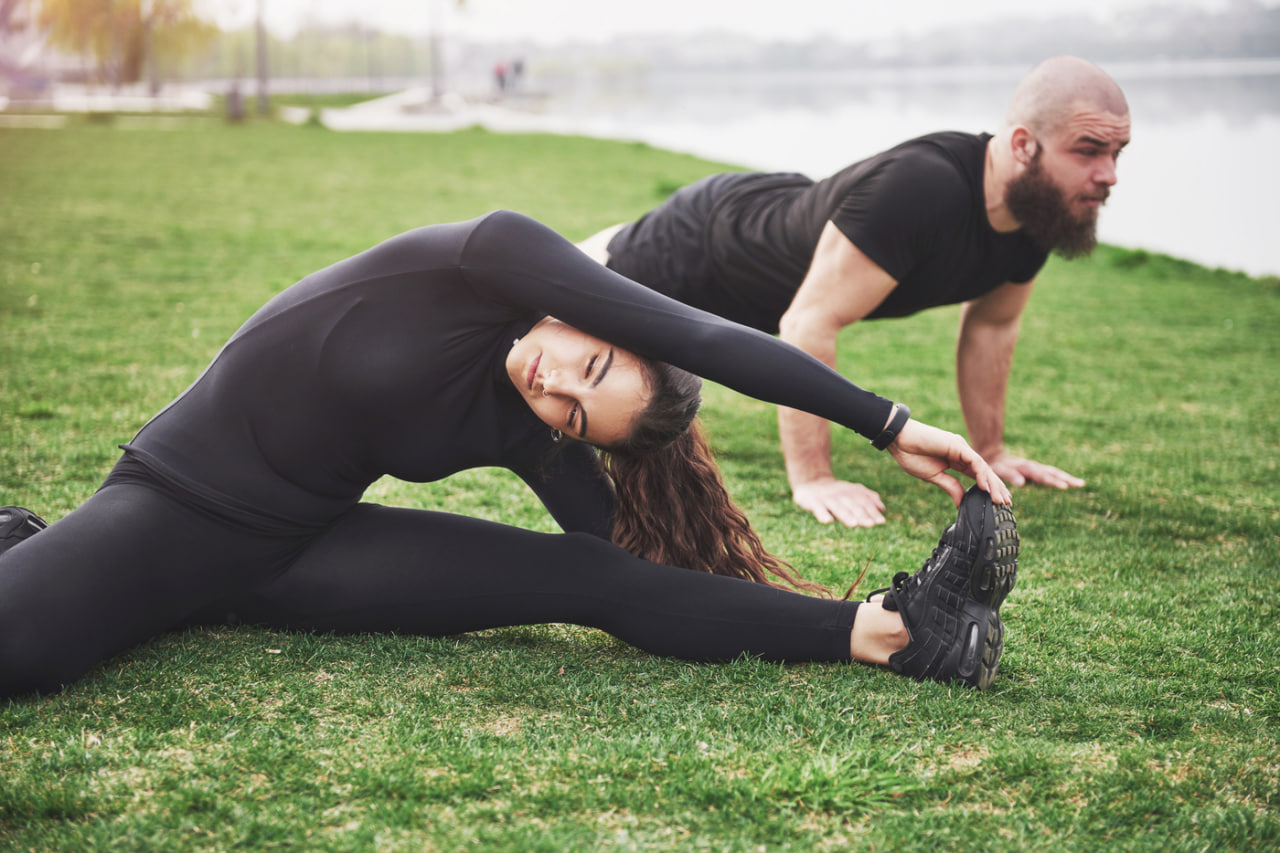
Understanding the Essence of Mindful Movement
Mindful movement is the art of connecting the mind and body through deliberate, conscious motion. It is not simply exercise, and it is not merely meditation. It is the practice of paying attention to every breath, every shift of weight, and every stretch of muscle. By bringing awareness into physical movement, people learn to engage the body in a way that promotes calmness, balance, and control.
In today’s fast-paced world, many people move mechanically, rushing through workouts or daily routines without true awareness of what their bodies are doing. Mindful movement slows this process down. It encourages observation—the sensation of muscles working, the rhythm of breathing, and the alignment of posture. This deliberate attention helps release physical tension and mental clutter, fostering a deep sense of presence and relaxation.
The Connection Between Mind and Body
The human body and mind are inseparable. When one is tense or distracted, the other responds accordingly. Stress, anxiety, and emotional strain often manifest as tight shoulders, shallow breathing, or an uneasy posture. Mindful movement restores harmony between these two systems by encouraging a dialogue between thought and sensation.
Through mindful awareness, a person begins to notice how emotions affect physical movement. For example, during stress, breathing becomes shorter, and muscles tighten unconsciously. By practicing awareness, individuals learn to recognize these patterns and gently release them. Over time, this awareness extends beyond movement sessions and begins to shape how people react to challenges in everyday life.
Breathing as the Foundation of Movement
Breath is the most powerful tool in mindful movement. It connects intention to action and brings rhythm to motion. Controlled breathing calms the nervous system and anchors the mind in the present moment. In many mindful practices such as yoga, tai chi, and pilates, breathing is coordinated with every movement to create a flow of energy throughout the body.
When breathing deeply and rhythmically, oxygen levels increase, improving muscle performance and focus. It also enhances awareness of internal sensations, helping practitioners stay grounded and responsive instead of reactive. Every inhale can represent expansion, and every exhale can signify release—this simple rhythm transforms ordinary movement into a form of meditation.
The Role of Awareness in Everyday Activities
Mindful movement does not need to be confined to a class or structured exercise session. It can be integrated into daily life through intentional awareness. Walking, stretching, or even performing household tasks can become opportunities for mindfulness when attention is placed on posture, pace, and breathing.
By consciously moving through daily routines, people begin to feel less hurried and more centered. The mind becomes more attuned to small sensations—the shift of weight in each step, the feeling of air against the skin, the alignment of the spine while sitting or standing. This awareness reduces strain on the body and helps maintain good movement habits that prevent pain or fatigue.
Physical and Mental Benefits of Mindful Movement
The benefits of mindful movement reach far beyond flexibility and strength. Physically, it improves coordination, balance, and joint stability by encouraging proper body alignment. Muscles are engaged with purpose rather than force, allowing them to grow stronger without unnecessary tension. Circulation improves, and the body becomes more efficient at releasing toxins and delivering nutrients to tissues.
Mentally, mindful movement reduces stress and anxiety by guiding the mind away from constant thoughts and toward the present experience. The practice naturally activates the parasympathetic nervous system, responsible for rest and recovery. This lowers heart rate, reduces blood pressure, and promotes emotional stability. Many practitioners find that regular mindful movement enhances focus, creativity, and overall emotional resilience.
Letting Go of Perfection and Embracing Presence
A common misconception is that movement must be perfect to be effective. Mindful movement rejects this idea entirely. The focus is not on achieving a flawless pose or reaching a performance goal, but on experiencing each moment fully. By removing the expectation of perfection, people allow their bodies to move freely and without judgment.
This approach cultivates self-compassion and patience. It teaches that progress comes from consistency and awareness, not from force or comparison. Each session becomes a personal exploration rather than a competition. The process of noticing small improvements—smoother breathing, better posture, or a sense of calm—becomes deeply rewarding.
Mindful Movement as a Path to Balance
Mindful movement restores balance in a world where many people live disconnected from their physical selves. It invites a return to natural rhythm, teaching that motion can be both strength-building and healing. When the body and mind work in unison, energy flows more freely, and daily life feels lighter and more harmonious.
